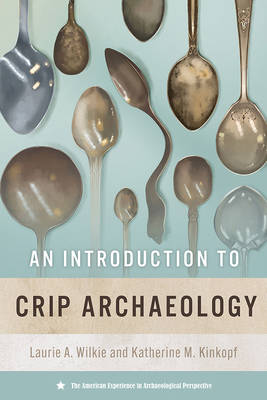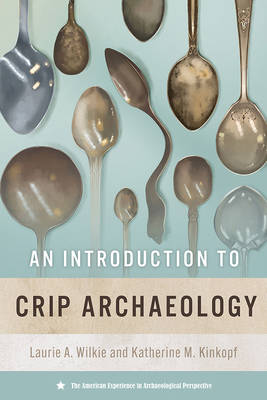
- Retrait en 2 heures
- Assortiment impressionnant
- Paiement sécurisé
- Toujours un magasin près de chez vous
- Retrait gratuit dans votre magasin Club
- 7.000.0000 titres dans notre catalogue
- Payer en toute sécurité
- Toujours un magasin près de chez vous
Description
A groundbreaking overview of how disability studies can enrich interpretations of the past and make the profession of archaeology more inclusive and accessible
An Introduction to Crip Archaeology is a groundbreaking exploration of how disability studies and critical disability studies can transform the way archaeologists interpret the past. Through case studies and intersectional analysis, Laurie Wilkie and Katherine Kinkopf reveal how people with disabilities have been treated and viewed in American history, and how these processes have shaped the material worlds archaeologists study.
This book is an essential starting point for students and scholars seeking to move beyond stereotypes that define disability as a limitation or deficit. The authors demonstrate how these interpretive lenses can offer fresh insights on topics including how eugenic policies and racial science have influenced public health, medical training, and family planning. From the Dozier School for Boys to Japanese internment camps, the book examines how built environments have excluded certain bodies--while also uncovering communities of care and resistance.
In addition to its value for research taking place today, An Introduction to Crip Archaeology is a call to action for a more inclusive and accessible discipline. It equips readers with strategies for recognizing disabling structures in access to sites, collections, and universities, and for creating space for disabled archaeologists in the field. This book enriches understandings of the past while shaping the future of archaeology.
Spécifications
Parties prenantes
- Auteur(s) :
- Editeur:
Contenu
- Nombre de pages :
- 280
- Langue:
- Anglais
- Collection :
Caractéristiques
- EAN:
- 9780813079554
- Date de parution :
- 07-04-26
- Format:
- Livre relié
- Format numérique:
- Genaaid
- Dimensions :
- 152 mm x 229 mm

Seulement chez Librairie Club
Les avis
Nous publions uniquement les avis qui respectent les conditions requises. Consultez nos conditions pour les avis.






